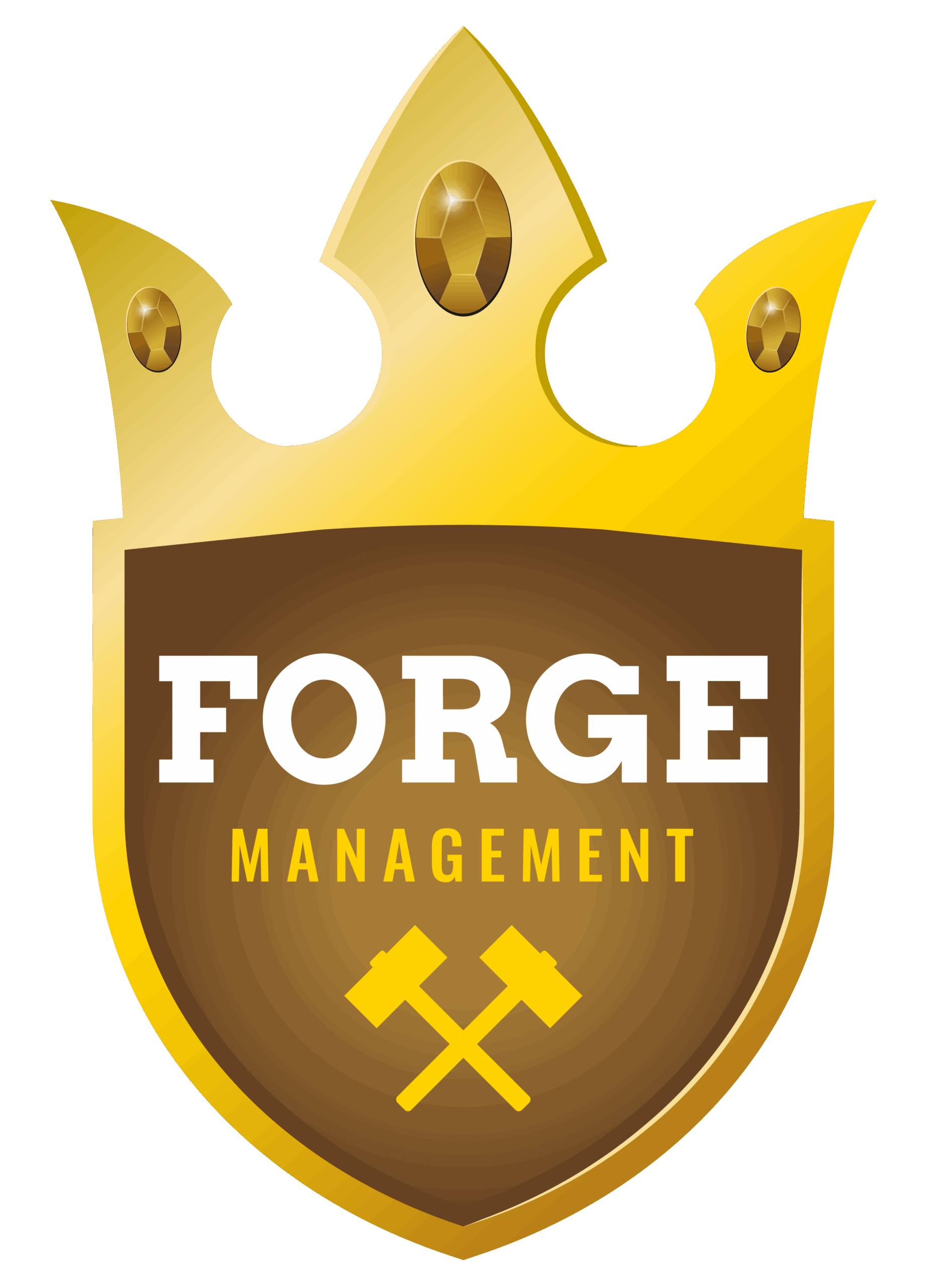Consistent success in direct and face-to-face selling comes from planning, preparation, and presence. When outreach is targeted, conversations are meaningful, and trust is built through real interaction, performance improves, conversion rates climb, and clients become long-term partners.
This article will explain how effective sales strategies, such as targeted outreach, persuasive communication, and relationship-building, consistently lead to better performance, higher conversions, and long-term client trust. It highlights the importance of planning, adaptability, and execution in achieving repeatable success in competitive sales environments.
Start with a Clear Target and a Research-Based Plan
Effective in-person selling begins before you ever meet someone. Knowing who to approach and why their situation matters shapes every interaction.
Define the Ideal Customer Profile
- List the attributes of clients who benefit most and return for more.
- Understand their challenges, decision-making context, and what motivates them to act.
- Focus efforts on people where your solution solves a pressing, tangible need.
Segment and Prioritize Outreach
- Group prospects by ordinary circumstances so your face time matches their priorities.
- Decide who gets immediate in-person visits versus lighter introductory touches like referral introductions or phone check-ins.
- Sequence meetings so you’re investing energy where readiness is highest.
Prepare with Relevant Intelligence
- Learn about the prospect’s recent activity, industry pressures, or local developments that affect their choices.
- Note any mutual connections, past purchases, or visible signals that give context.
- Enter each conversation showing you know their situation and are there to help, not just sell.
Build a Repeatable In-Person Engagement Process
Consistency in approaching territories or account visits creates predictable pipelines and lets you sharpen what works. Effective sales strategies start with a process you can repeat and improve.
Structured Visit Cadence
- Plan a sequence of touchpoints like initial drop-in, scheduled meeting, follow-up visit, and referral request.
- Space these so you stay present without overwhelming, adjusting frequency based on responsiveness.
- Use in-person feedback to refine the cadence for similar profiles.
Playbooks for Common Field Scenarios
- Create reusable conversation outlines for discovery, objection handling, and closing that can be tailored quickly.
- Document what successful visits sounded like so new team members can adopt proven language.
- Refresh these guides with insights from recent wins and stalls.
Track Activity and Results
- Record every interaction outcome to see which paths lead to progress.
- Monitor weekly qualified meetings, close rate per visit, and follow-up conversion.
- Review results regularly and adjust which prospects, messages, or sequences underperform.
Communicate with Purpose and Clarity
Face-to-face exchanges offer richness, but only if you use words and questions that cut through noise and guide decisions.
Lead with Value
- Begin by identifying the prospect’s most relevant challenge, not by reciting features.
- Use language that highlights benefits quickly and concretely.
- Avoid vague statements; reference specific outcomes they care about.
Ask Strategic Questions
- Pose questions that uncover priorities, constraints, and their internal process for buying.
- Reflect what you hear so they know you understand.
- Build suggestions from their responses rather than delivering a script.
Handle Objections as Information
- Listen to concerns as clues about what needs clarification.
- Reframe skepticism with examples or evidence from similar local situations.
- Get permission before addressing doubts to keep the dialogue collaborative.
Leverage Relationship Building for Repeatability
In-person trust grows from consistent helpfulness and presence, turning first-time meetings into ongoing partnerships.
Be Consistently Helpful
- Offer insights, introductions, or resources before asking for commitment.
- Follow up immediately after discussions with summaries or small value adds.
- Demonstrate reliability in every interaction to earn deeper access.
Stay Top of Mind without Being Intrusive
- Check in with timely, useful updates instead of routine pressure.
- Recognize milestones, share relevant local happenings, or drop off tailored materials.
- Make gestures feel personal by referencing prior conversations.
Create Internal Advocates
- Identify people within their organization who benefit most from your offering.
- Equip them with examples and language to help champion your solution.
- Maintain those internal connections so subsequent renewals or expansions proceed smoothly.
5. Align Execution with Adaptability
A plan must flex when real-world signals change. Successful field sellers adjust on the fly while staying anchored to purpose.
Review and Refine Regularly
- Debrief recent face-to-face engagements to pull out what worked and what did not.
- Experiment with different phrasing, timing, or positioning to uncover better responses.
- Incorporate lessons from both closed deals and lost opportunities.
Stay Responsive to Context Shifts
- Notice changes in the prospect’s environment that affect priorities.
- Modify your presenting angle when the situation evolves.
- Be ready to pause aggressive pursuit if new information suggests a different approach.
Empower Sellers with Real Feedback
- Share insights from the field so team members know which behaviors lead to wins.
- Encourage the sharing of effective language and tactics between peers.
- Reward learning from real experience, not just outcomes, to promote continuous improvement.
Use Proven Methods Intentionally
Field selling benefits from structured approaches that have produced results that are adapted to your own local understanding.
Focused Questioning Frameworks
- Use prepared question sets to diagnose core needs in each meeting quickly.
- Favor open-ended prompts that reveal deeper issues.
- Combine these sales techniques with real-time observation to sharpen recommendations on the spot.
Evidence-Based Storytelling
- Support claims with specific examples from similar clients or territories.
- Keep stories brief and tied directly to the listener’s situation.
- Make potential results vivid without overwhelming with unnecessary detail.
Strategic Follow-Up
- Refer back to earlier conversations to show continuity.
- Make the next steps crystal clear so the client knows what to do.
- Use varied formats, such as a short handwritten note, a proposal left in person, or a quick recap during a subsequent visit.
Personalize Without Losing Scale
Tailored engagement builds trust, yet effective field teams structure customization so they can do it repeatedly without burning out.
Modular Customization
- Assemble visit preparation from reusable parts: core value message, situation-specific example, targeted question.
- Swap in the element that matches each prospect’s reality while keeping the rest consistent.
- Archive especially effective personalized lines for use with similar profiles later.
Signal-Based Triggers
- Adjust your approach based on real cues like body language, conversation reactions, or referral comments.
- Shift intensity or direction when you sense readiness or hesitation.
- Let those cues guide you on whether to push, pause, or provide additional evidence.
Balance Efficiency and Authenticity
- Streamline preparation while ensuring every meeting includes real insight.
- Avoid sounding scripted by adding context only you would know from your research.
- Apply personalized sales thoughtfully so each interaction feels relevant without overwhelming your capacity.
8. Build Confidence with Consistent Feedback Loops
Face-to-face sellers sharpen skills faster when they receive timely feedback and see patterns, not just isolated results.
Fast Feedback on Activity
- Give visibility into core performance markers like qualified visits per week and follow-through rate.
- Highlight deviations early so adjustments occur before momentum stalls.
- Provide comparisons to recent successful peers to set realistic benchmarks.
Coaching Based on Patterns
- Identify recurring behaviors that produce outcomes instead of criticizing one-off slips.
- Reinforce actions that led to consistent wins so they become habitual.
- Address gaps with hands-on practice or updated field guides.
Peer Learning
- Create spaces to share recent, effective phrasing or tactics.
- Deconstruct recent wins to understand why they worked.
- Encourage mentorship between veteran sellers and newer team members.
Keep the System Healthy for Long-Term Wins
Sustained field performance depends on preserving energy, refreshing content, and protecting relationships.
Rotate and Renew
- Update scripts, examples, and collateral to avoid stale interactions.
- Schedule recovery after intense outreach phases so sellers stay sharp.
- Introduce new learning to prevent a plateau and keep tactics fresh.
Pipeline Health Checks
- Review the quality of active opportunities and remove stagnating ones.
- Free capacity by stopping the pursuit of mismatched prospects.
- Maintain variety across sources and stages to avoid future shortfalls.
Celebrate and Institutionalize Wins
- Share success stories in team settings to reinforce behaviors.
- Write down what led to a strong outcome so others can replicate it.
- Recognize contributors to system improvement, not only individual closures.
Make Every Face-to-Face Meeting a Win
Effective direct and face-to-face sales depend on combining focused targeting, structured engagement, clear communication, relationship depth, timely adaptation, and meaningful measurement to make success consistent instead of accidental.
Forge Management helps you sharpen your field process by quickly reviewing recent in-person visits, isolating one high-leverage sequence, and refining it with targeted advice. Their approach gives you feedback grounded in real encounters, a clear next step to test, and a way to build momentum so each visit adds predictable value. Partner with Forge Management to turn practical insight into steady wins.

